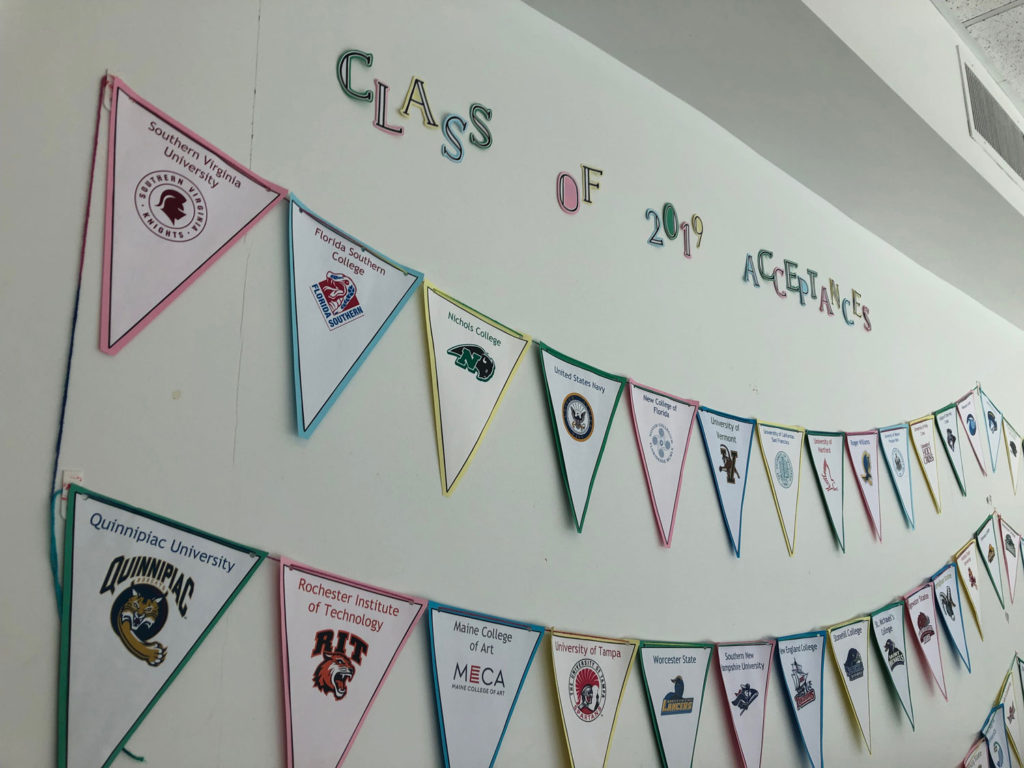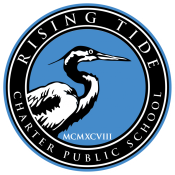Helpful Tips and Resources for Completing the Common Application
With the first big round of college application deadlines less than a month away, many of our seniors have been working diligently on their Common Applications. The Common Application, which is used by over 800 colleges and universities, helps to streamline the application process for students, teachers, and counselors. Since this one document can carry a lot of weight, students often want to ensure they are making the most of the limited space they have to showcase their personality, accomplishments, and interests. Here are some key tips that I have picked up in my time as both a college counselor and an admissions counselor.
First, let’s break down the Common App itself. Once students create their free accounts, they’ll log in to see five tabs:
- Dashboard: A snapshot of the statuses of all the student’s applications.
- My Colleges: The college-specific pieces of the application.
- Common App: The main application that is seen by all colleges to which a student applies.
- College Search: Find colleges to add to the “My Colleges” tab.
- Financial Aid Resources: While financial aid applications such as the FAFSA and CSS Profile are *not* on the Common App, they do include some tips for getting started.
The key tabs are “My Colleges” and “Common App” – this is where students will enter the information that completes their applications. Students should start at “College Search” to add colleges to their list.
For now, let’s focus on the “Common App” tab. This main application is broken into six sections: Profile, Family, Education, Testing, Activities, and Writing. The Profile, Family, Education, and Testing sections are fairly straightforward and don’t offer much space for elaboration or customization. The Activities and Writing sections, however, are where students can begin to express who they are.
Activities
Students can list up 10 activities in this section. Activities include extracurricular activities in and out of school, sports teams, jobs, significant hobbies, and family commitments. The goal is for the colleges to understand how students use their time beyond the school day. Colleges want to ensure they are admitting students that will not only succeed academically, but be active members of their campus community. Your space to describe your activities is limited, so use it wisely:
- List items in order of importance to you and focus on high school accomplishments. If something ended in middle school, you can leave it out.
- Focus on quality over quantity. You don’t need to fill all 10 spaces to show that you’re a well-rounded, engaged community member.
- Ensure you are being clear. Some acronyms will need to be spelled out, such as those that are unique to our school.
- Using complete sentences isn’t necessary; common abbreviations are appropriate. For example, most readers will know what “MVP” means but some may not know what “JCL” stands for.
- List your position(s) within clubs, sports, or jobs. Now is not the time to be humble!
- Quantify your accomplishments whenever possible. For example, you raised $500 for a local charity.
- Use action verbs to highlight skills and achievements. BC’s Career Center created a helpful list.
- If family responsibilities have made it difficult for you to participate in activities after school, use this space to provide that context.
- Including hobbies can be helpful, too. Perhaps you are an avid gamer who is popular on Twitch, or taught yourself guitar and play in a band, or decided to build your own backyard forge to hone your blacksmithing skills (all things Rising Tide students have done!). If it is important to you, colleges want to know.
There are several sites that offer more tips and examples for the Activities section. My favorites include the College Essay Guy, PrepScholar, and International College Counselors.
Writing
This section of the Common App has three subsections: Personal Essay, Disciplinary History, and Additional Information. While being honest about your disciplinary history is important, this section is best discussed in a one-on-one meeting.
The Personal Essay section is where students will upload their all-important college essay. If you have done any research on the college application process, you have likely heard and read many essay tips. To me, the most important advice is:
- There is no one perfect topic. Write what feels right *to you* – not what you assume an admission officer wants to read. Colleges simply want to hear your authentic voice. It’s less about *what* you write about and more *how* you write about it.
- If you have experienced challenges that you feel have shaped your life experience, write about them if you are comfortable doing so. It can often help for colleges to understand what roadblocks you have overcome thus far. That said, do not invent or overstate challenges because you feel a “sob story” will get you in.
- Proofread and invite others to edit your work. Friends, family, and teachers can help ensure the essay is in your voice and easy to understand.
If you are truly stuck, I cannot recommend The College Essay Guy’s resources on personal essays highly enough. While sometimes goofy, he consistently offers the most relevant, digestible information on this topic.
Last but not least, the Additional Information section is a helpful catch-all for things that may not fit in other sections of the application. Unlike the Personal Essay, the writing in this section should be brief and straightforward. The common ways students might use this section include:
- Addressing challenges. If not addressed in your personal essay, this would be where to discuss things like injuries, excessive absences, low grades, etc. It also helps to address how you have overcome that challenge or what you learned as a result.
- Humble bragging. Sometimes the 150 characters in the Activities section isn’t enough. If you have one or two above-and-beyond extracurriculars to highlight, a brief Additional Information statement can help.
- Highlighting unique coursework. Give your readers a better sense of what you studied in your Research elective, or where you’re completing your Senior Internship, or the app you build in Software Development.
- Adding context. Perhaps you want to explain the Brady Bunch-esque story of your blended family, or why you transferred high schools in sophomore year.
The best part about the Additional Information section is that it can be used for anything! There are few times, if any, where an admissions counselor is not grateful for more insight into an applicant’s experiences. Again, the College Essay Guy offers additional tips for maximizing this section.

